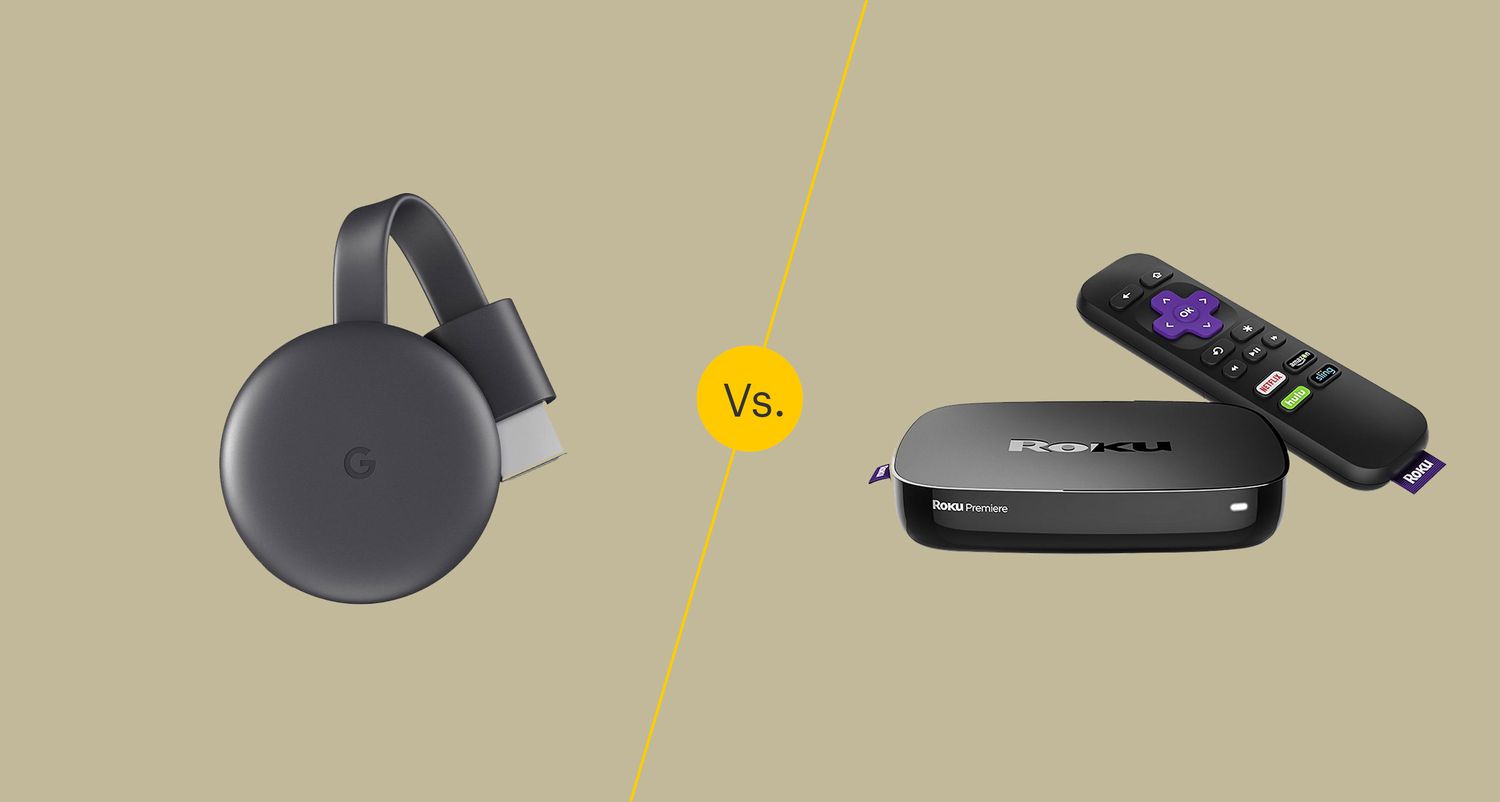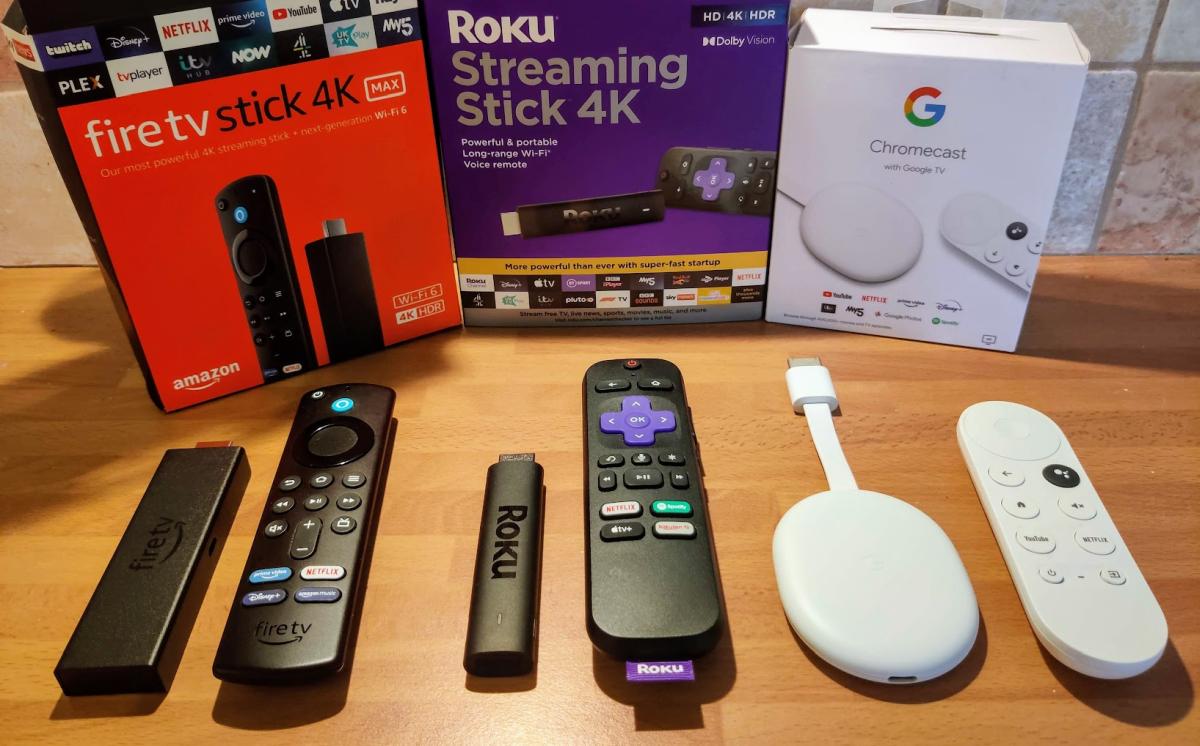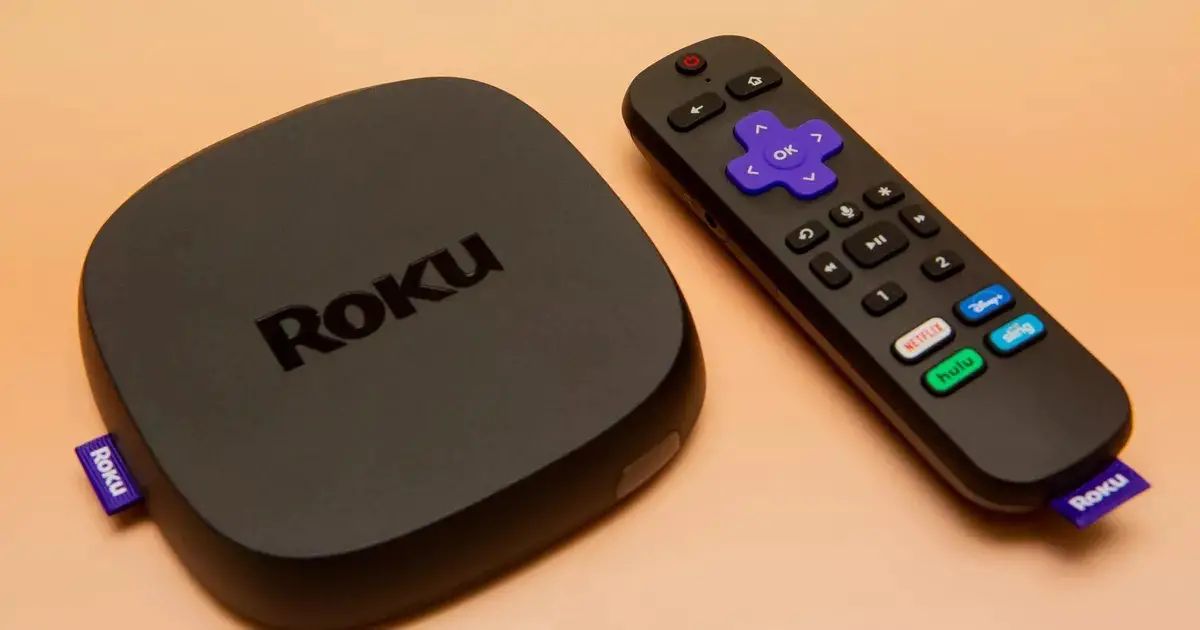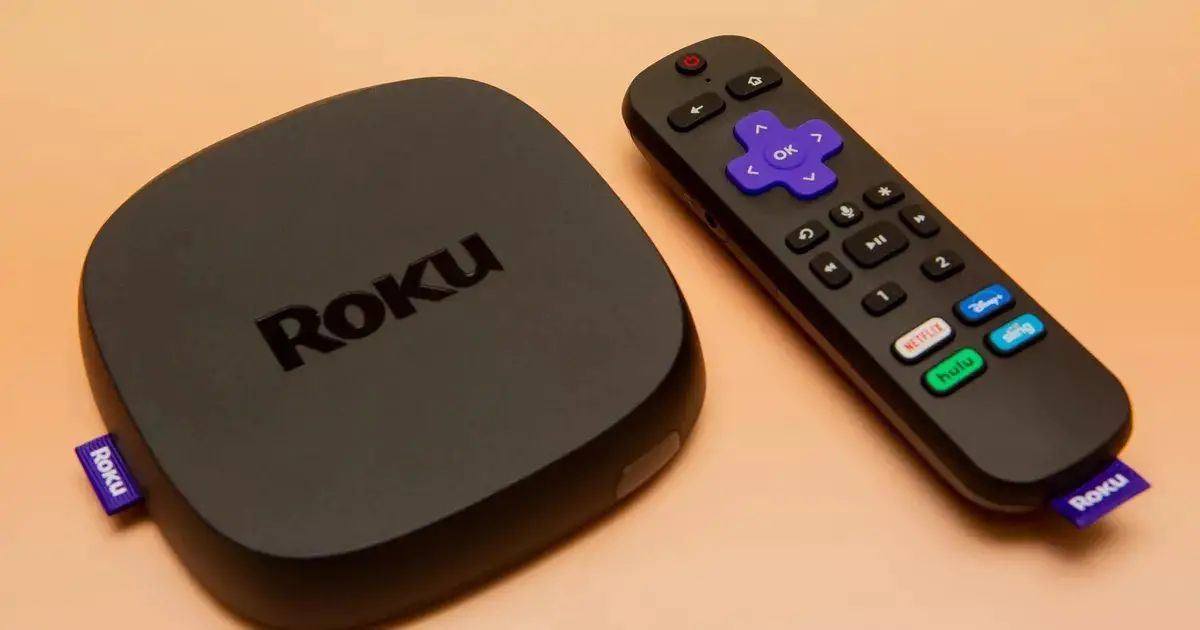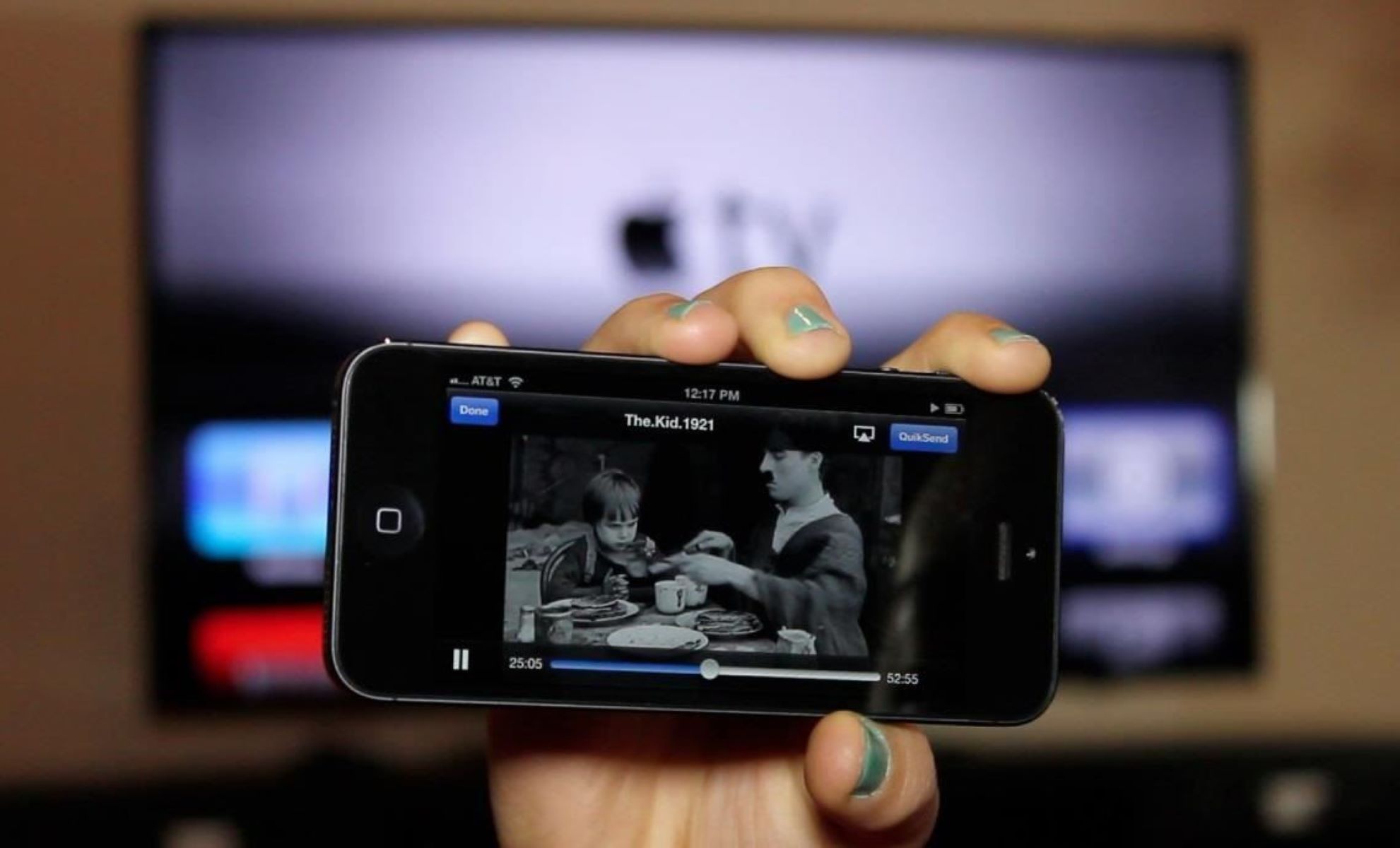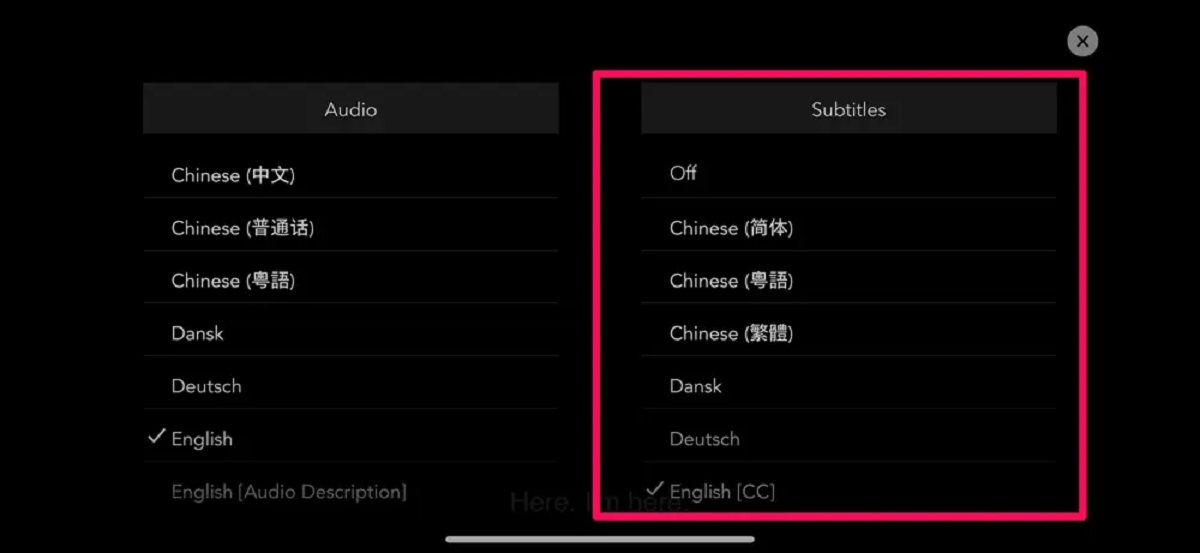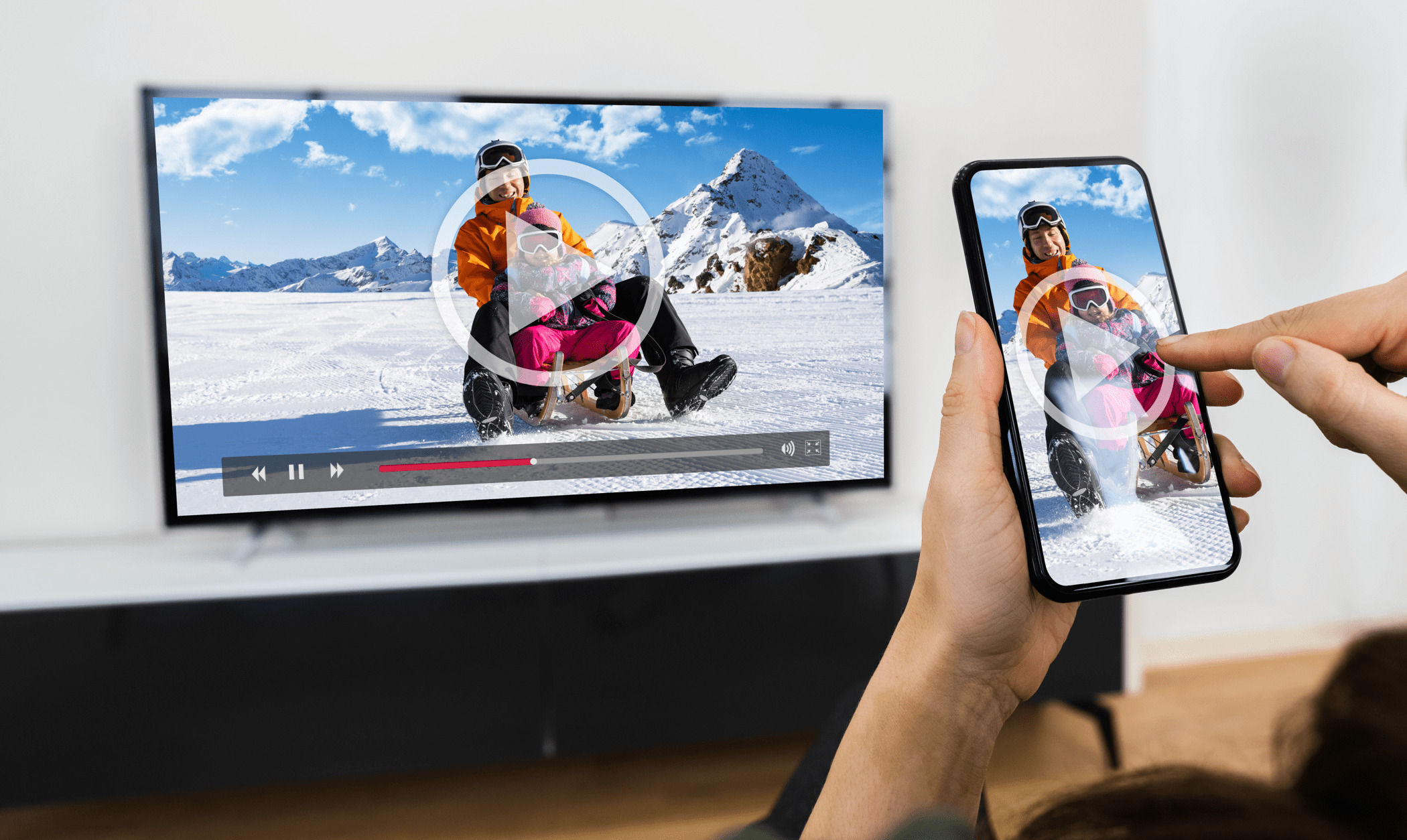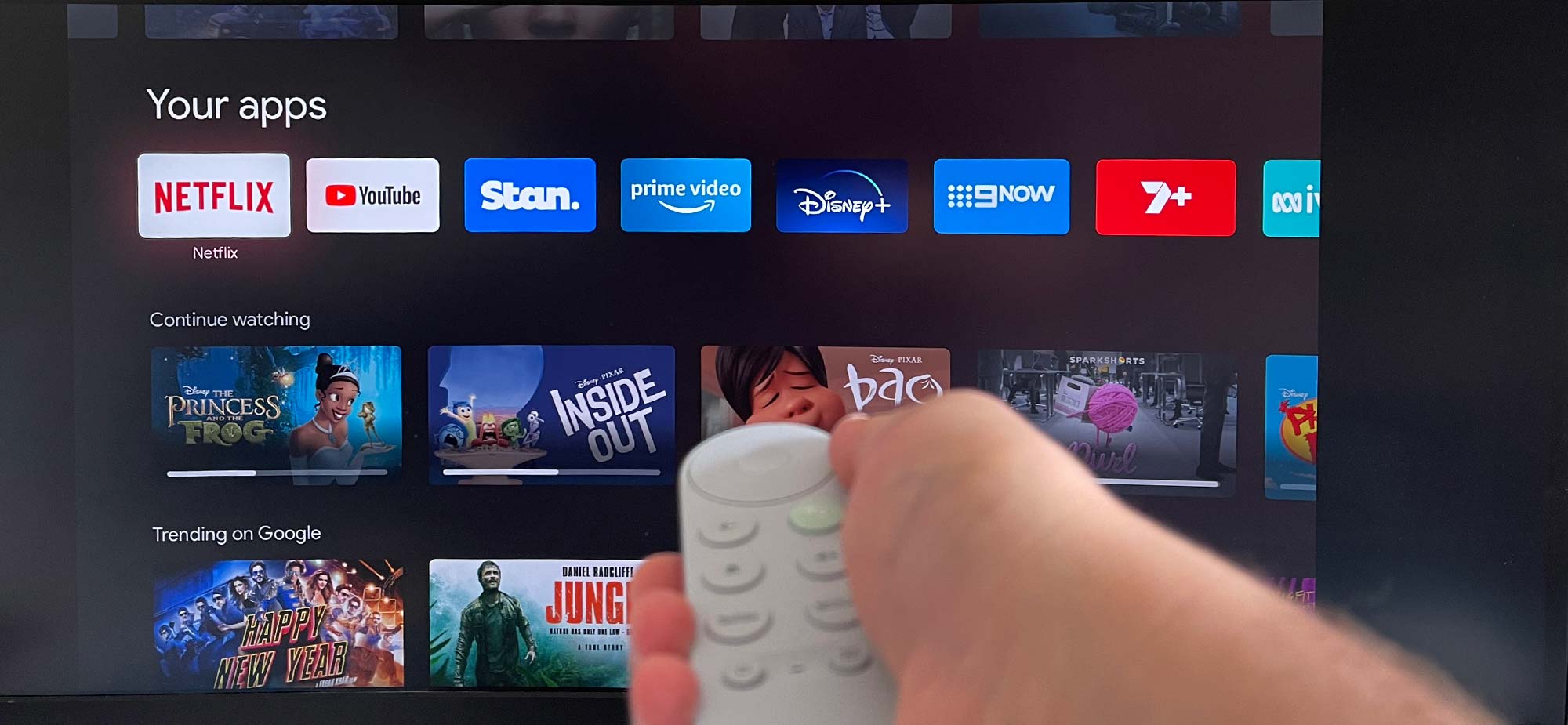Introduction
Welcome to the ultimate showdown between Roku and Chromecast, two of the most popular streaming devices on the market. In this article, we will dive into the world of streaming media players and compare Roku and Chromecast across various categories to determine which one comes out on top.
Gone are the days of cable subscriptions and limited entertainment options. With the rise of streaming services like Netflix, Hulu, and Amazon Prime Video, consumers now have a plethora of streaming options at their fingertips. Streaming devices such as Roku and Chromecast have become essential additions to modern home entertainment setups, allowing users to access their favorite shows, movies, and music with ease.
Both Roku and Chromecast offer unique features and benefits, and choosing between the two can be a tough decision. This article aims to provide you with an in-depth analysis of each device, including design, set-up process, user interface, content availability, streaming quality, remote control functionality, mobile app integration, and pricing.
Whether you’re a tech-savvy individual looking to upgrade your current streaming device or a newbie in the world of streaming media players, this article will equip you with the knowledge needed to make an informed decision. So, let’s dive in and explore the world of Roku and Chromecast!
Design and Appearance
When it comes to design and appearance, both Roku and Chromecast offer sleek and compact devices that seamlessly blend into any home entertainment setup. Roku devices come in various shapes and sizes, from the compact Roku Express to the more powerful Roku Ultra. They have a polished and modern look, with a black matte finish that adds a touch of elegance to your TV stand.
On the other hand, Chromecast takes a different approach with its design. Rather than a traditional set-top box or dongle, Chromecast is a small, circular device that plugs directly into your TV’s HDMI port. It has a minimalistic design with a glossy finish, giving it a modern and futuristic look.
While both devices look great, the difference lies in their form factor. Roku devices may take up some space on your TV stand, depending on the model you choose, while Chromecast’s small size allows for a more discreet setup. If you have limited space or prefer a minimalist aesthetic, Chromecast may be the better choice.
Furthermore, Roku devices come with a dedicated remote control. The remote is ergonomically designed and offers a comfortable grip, with intuitive buttons for easy navigation. Chromecast, on the other hand, relies on your smartphone or tablet as the primary control device. This can be a convenience if you prefer using your mobile device, but it may also be a drawback if you prefer a traditional remote control.
In terms of appearance, both Roku and Chromecast devices offer a stylish and modern look. Ultimately, the choice between the two will depend on your personal preference and how you envision the streaming device fitting into your home entertainment setup.
Set-Up Process
The set-up process for both Roku and Chromecast is relatively straightforward, but there are some key differences in how these devices get up and running.
Setting up a Roku device is as easy as plugging it into your TV’s HDMI port and connecting it to your home Wi-Fi network. Roku devices come with an intuitive on-screen setup wizard that guides you through the process step by step. You’ll need to create a Roku account, which allows you to access various streaming channels and personalize your content preferences. Once the set-up is complete, you can start streaming your favorite shows and movies.
On the other hand, setting up a Chromecast requires a different approach. Rather than using a separate remote control, Chromecast relies on your smartphone or tablet to cast content to your TV. To get started, you’ll need to download and install the Google Home app on your mobile device, which will act as the control center for your Chromecast. The app will guide you through the setup process, including connecting your Chromecast to the same Wi-Fi network as your mobile device. Once connected, you can cast content from compatible apps directly to your TV.
While the Roku set-up process is straightforward and user-friendly, the Chromecast set-up process may require a bit more technical know-how. Some users may find the reliance on a mobile device for control to be convenient, while others may prefer a dedicated remote control like Roku provides.
Overall, both Roku and Chromecast offer relatively simple set-up processes, but the difference lies in the method of control and the level of technical involvement required. Consider your comfort level with technology and which type of control method suits your preferences when deciding between Roku and Chromecast.
User Interface
The user interface (UI) plays a crucial role in the overall streaming experience. Both Roku and Chromecast offer user-friendly interfaces that are designed to make navigating your favorite content a breeze.
Roku devices have a visually appealing and intuitive interface. The home screen displays a grid of user-customizable tiles representing different streaming channels and apps. Navigation is smooth, with a simple menu that allows you to browse through various categories and search for specific content. The interface also features a universal search function, making it easy to find and stream your favorite movies and shows across multiple channels.
Chromecast, on the other hand, relies heavily on the streaming app’s interface to control content playback. Once you cast content to your TV using the Google Home app from your mobile device, the app becomes the primary control interface. From here, you can navigate through the app-specific menus to select and play content. This means that the user interface experience may vary depending on the app you are using.
While both Roku and Chromecast offer user-friendly interfaces, Roku’s dedicated UI has the advantage of consistency and ease of use across all channels. With Roku, you have a unified experience that remains consistent regardless of the streaming app you are using. On the other hand, Chromecast’s reliance on app-specific interfaces can create a more varied experience, which may be appealing to those who prefer a more personalized app interface.
Ultimately, the choice between Roku and Chromecast in terms of user interface will depend on your preference for a consistent and unified experience (Roku) or a more personalized and app-centric experience (Chromecast). Consider how important user interface consistency is to you when making your decision.
Content Availability
The availability of content is a crucial factor to consider when choosing a streaming device. Both Roku and Chromecast offer access to a wide range of streaming channels and apps, but there are some differences in terms of content availability.
Roku boasts an impressive selection of over 500,000 movies and TV episodes across various streaming channels. It supports popular streaming services like Netflix, Hulu, Amazon Prime Video, HBO Max, and Disney+. In addition to mainstream channels, Roku also offers access to niche streaming services, international content, and free ad-supported channels like Pluto TV and Tubi TV. With such a vast library of content, Roku ensures that users have access to a wide variety of entertainment options.
Chromecast, on the other hand, offers access to popular streaming apps like Netflix, YouTube, Amazon Prime Video, and Hulu. It supports casting from compatible apps on your mobile device to your TV, allowing you to stream content from a variety of sources. However, Chromecast’s content availability is somewhat reliant on the apps themselves. Not all apps support casting, which may limit your options for streaming content.
One advantage that Chromecast has over Roku is the ability to cast content from a browser tab on your computer. This opens up the possibility of streaming content from websites that do not have dedicated apps, expanding your options for accessing online content.
When it comes to content availability, Roku provides a more extensive range of options by offering a vast library of streaming channels. However, Chromecast’s ability to cast content from various apps on your mobile device and the option to stream from a browser tab provides some flexibility for accessing content that may not be available on dedicated streaming channels.
Consider your preferred streaming services and the specific content you wish to access when deciding between Roku and Chromecast in terms of content availability.
Streaming Quality
Streaming quality is a critical aspect to consider when comparing Roku and Chromecast. Both devices aim to deliver high-quality streaming, but there may be differences in terms of supported resolutions, video formats, and the overall streaming experience.
Roku devices support a wide range of resolutions, including 1080p HD, 4K Ultra HD, and even HDR (High Dynamic Range) for compatible TVs. This means you can enjoy sharp and vibrant visuals, depending on the capabilities of your TV and the streaming channel you are using. Roku devices also feature adaptive streaming technology, which adjusts the quality based on your internet connection speed to ensure smooth playback without buffering or lag.
Chromecast also supports up to 1080p HD streaming. However, it’s important to note that the streaming quality is dependent on the source and the compatibility of the casting app. In some cases, the quality may be limited to standard definition (SD) if the app or the content does not support higher resolutions. Additionally, Chromecast relies on your mobile device to initiate and control the streaming, so a stable internet connection on your mobile device is crucial for a seamless streaming experience.
Both Roku and Chromecast support popular video formats such as H.264 and VP9, ensuring compatibility with a wide range of streaming content. However, Roku offers more flexibility in terms of supported resolutions and HDR capabilities, which may provide a superior streaming experience if you have a compatible TV and access to 4K or HDR content.
When it comes to streaming quality, it’s essential to consider the capabilities of your TV, your internet connection speed, and the specific streaming channels and apps you plan to use. If you value the highest possible resolution and HDR support, Roku may be the better choice. However, if you primarily watch content in 1080p HD and have a stable internet connection on your mobile device, Chromecast can still deliver a satisfactory streaming experience.
Remote Control
The remote control is a significant aspect to consider when comparing Roku and Chromecast. While Chromecast relies on a mobile device for control, Roku devices come with a dedicated remote control, offering a more traditional and convenient streaming experience.
Roku’s remote control is designed with user convenience in mind. It features a simple layout with intuitive buttons for navigation, playback control, and volume adjustment. Some Roku models even offer additional features like voice control and a headphone jack for private listening. The remote is lightweight and comfortable to hold, providing a hassle-free streaming experience without relying on a secondary device.
Chromecast, on the other hand, requires the use of a smartphone or tablet as the primary control device. The Google Home app acts as the remote control, allowing you to cast content from compatible apps to your TV. While using a mobile device can offer convenience, as it’s a device we often have on-hand, it may also be less seamless than having a dedicated physical remote. Additionally, relying solely on a mobile device means you may have to deal with potential notification interruptions or battery life issues during your streaming sessions.
One advantage of using a mobile device as a remote control with Chromecast is the added functionality it brings. Mobile devices offer features like touchscreens, voice input, and personalized content recommendations, enhancing the overall user experience. However, if you prefer a more traditional remote control experience with physical buttons and dedicated playback controls, Roku’s remote control provides such convenience.
Ultimately, the choice between Roku and Chromecast in terms of remote control will depend on your preference for a dedicated remote versus the convenience of using your smartphone or tablet. Consider your desired level of control and the overall experience you seek when deciding between the two options.
Mobile App Integration
Mobile app integration is an important consideration when comparing Roku and Chromecast. Both devices offer mobile apps that enhance the streaming experience, but there are notable differences in terms of features and functionality.
Roku provides a mobile app for iOS and Android devices that serves as a companion to the Roku streaming player. The Roku mobile app offers several useful features, including the ability to control your Roku device, browse and search for content, and even listen to audio privately through headphones connected to your mobile device. The app also allows you to cast personal photos, videos, and music from your mobile device to your TV screen.
Chromecast, on the other hand, relies heavily on mobile app integration as it’s designed to be controlled by your smartphone or tablet. The Google Home app serves as the control center for your Chromecast, allowing you to cast content from compatible apps, manage multiple Chromecast devices, and even mirror your phone screen onto your TV. The app also provides personalized content recommendations based on your viewing habits.
One notable advantage of Chromecast’s mobile app integration is the ability to control multiple Chromecast devices throughout your home, all from a single app. This makes it easy to stream content to different TVs without the need for separate remotes or configuration on each device.
Both Roku and Chromecast mobile apps offer convenience and additional functionality to enhance the streaming experience. However, the extent of mobile app integration may be more significant for Chromecast due to its reliance on a mobile device for control. If you enjoy the convenience of using your smartphone or tablet for streaming and controlling your TV, Chromecast’s mobile app integration may be a compelling feature.
Consider your preference for using a dedicated device like Roku’s mobile app or the versatility of controlling Chromecast directly from your smartphone or tablet when deciding between the two in terms of mobile app integration.
Price and Value for Money
When it comes to price and value for money, Roku and Chromecast offer different options to suit varying budgets and needs.
Roku devices come in a range of models, each with different features and capabilities. The price of Roku devices varies depending on the model, with entry-level options like Roku Express priced affordably for budget-conscious consumers. Mid-range models like Roku Streaming Stick+ offer additional features like 4K streaming and voice control, providing excellent value for their price. The higher-end Roku Ultra offers even more advanced features like Ethernet connectivity and a USB port for local media playback, making it a top choice for tech enthusiasts. With multiple price points and a diverse set of features, Roku offers options for different budgets and preferences.
Chromecast, on the other hand, typically offers a lower price point compared to Roku devices. The standard Chromecast is often priced competitively, making it an attractive option for those on a tight budget. The Chromecast with Google TV, which incorporates a traditional on-screen interface and remote control, is priced slightly higher but still offers good value for money with its added features. Chromecast’s affordability makes it an appealing choice, particularly for those who primarily rely on their mobile devices for streaming and control.
When considering price and value for money, it’s important to also factor in the long-term costs. Both Roku and Chromecast devices are compatible with a wide range of streaming services, some of which may require paid subscriptions. Make sure to consider any ongoing subscription costs associated with the streaming services you plan to use.
In terms of value for money, Roku devices offer a range of options that cater to various budgets and needs. With their diverse set of features and capabilities, Roku devices provide excellent value and flexibility for streaming enthusiasts. Chromecast, with its lower price point and mobile-centric control, offers a more budget-friendly option that still delivers a satisfactory streaming experience for those on a tighter budget.
Consider your budget, desired features, and long-term subscription costs when evaluating the price and value for money of Roku and Chromecast devices.
Conclusion
After a detailed comparison between Roku and Chromecast across various categories, it’s evident that both devices have their strengths and cater to different preferences and needs.
Roku excels in several areas, such as its extensive content library, user-friendly interface, dedicated remote control, and wide range of device options. The Roku platform offers a seamless and consistent streaming experience with its intuitive navigation and universal search feature. Additionally, Roku’s diverse device lineup ensures there’s an option for every budget and requirement, with advanced features like 4K and HDR support available on higher-end models.
On the other hand, Chromecast offers a more budget-friendly option and is well-suited for those who prefer mobile app integration and casting content from their smartphones or tablets. Chromecast provides versatility and flexibility, allowing users to stream content from a variety of sources and even mirror their device’s screen onto the TV. Its compact design and affordability make it an attractive choice for those who prioritize simplicity and cost-effectiveness.
Ultimately, the choice between Roku and Chromecast depends on your specific needs and preferences. If you value a wide range of streaming channels, a dedicated remote control, and a consistent user interface, Roku may be the better option. However, if you prefer mobile app integration, casting flexibility, and a more budget-friendly streaming device, Chromecast may better suit your needs.
Consider factors such as design, set-up process, user interface, content availability, streaming quality, remote control, mobile app integration, and price when making your decision. Assess your own streaming habits, desired features, and budget to determine which device aligns most closely with your preferences.
Whether you choose Roku or Chromecast, both devices offer exceptional streaming experiences that will enhance your home entertainment setup. Happy streaming!







